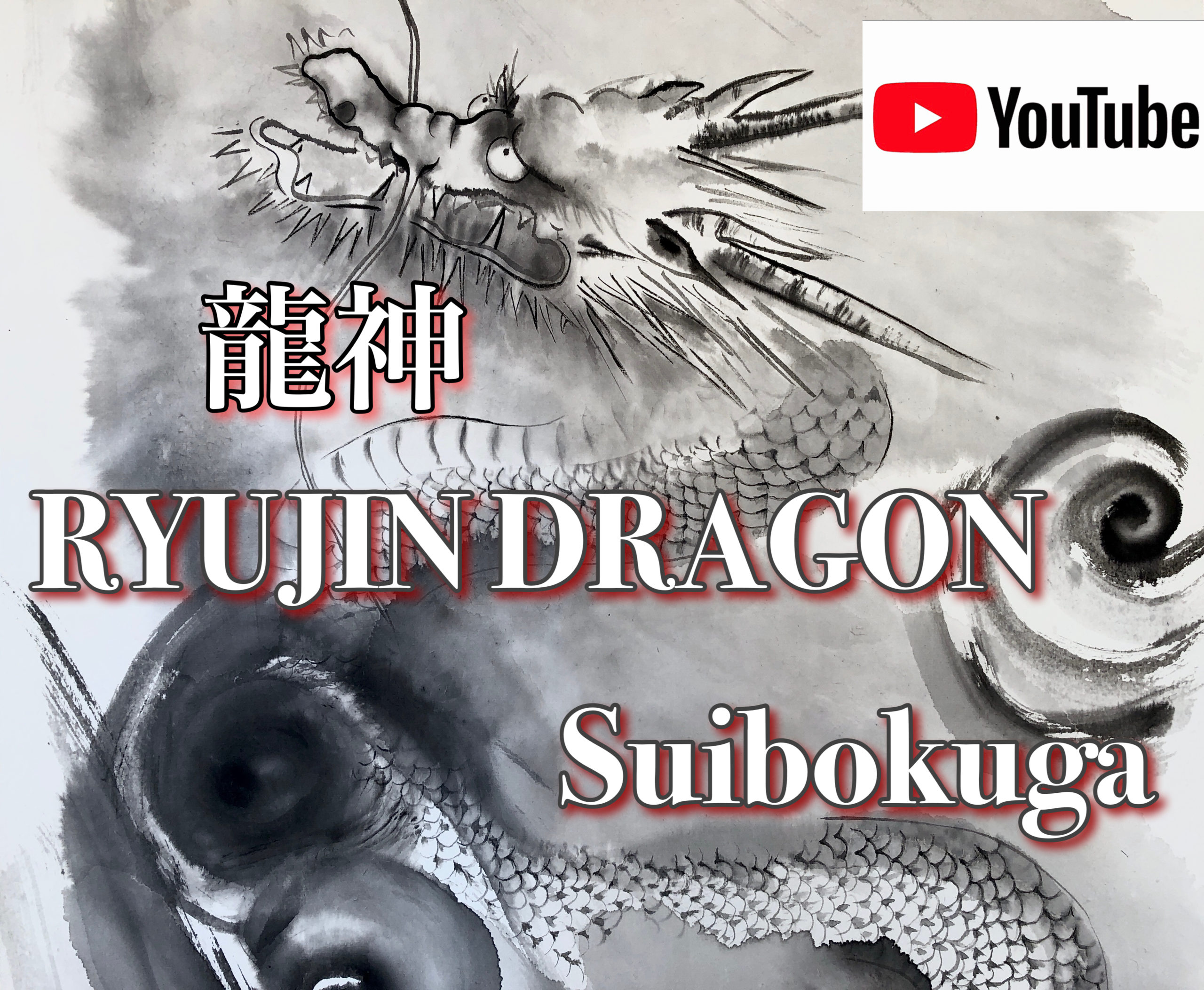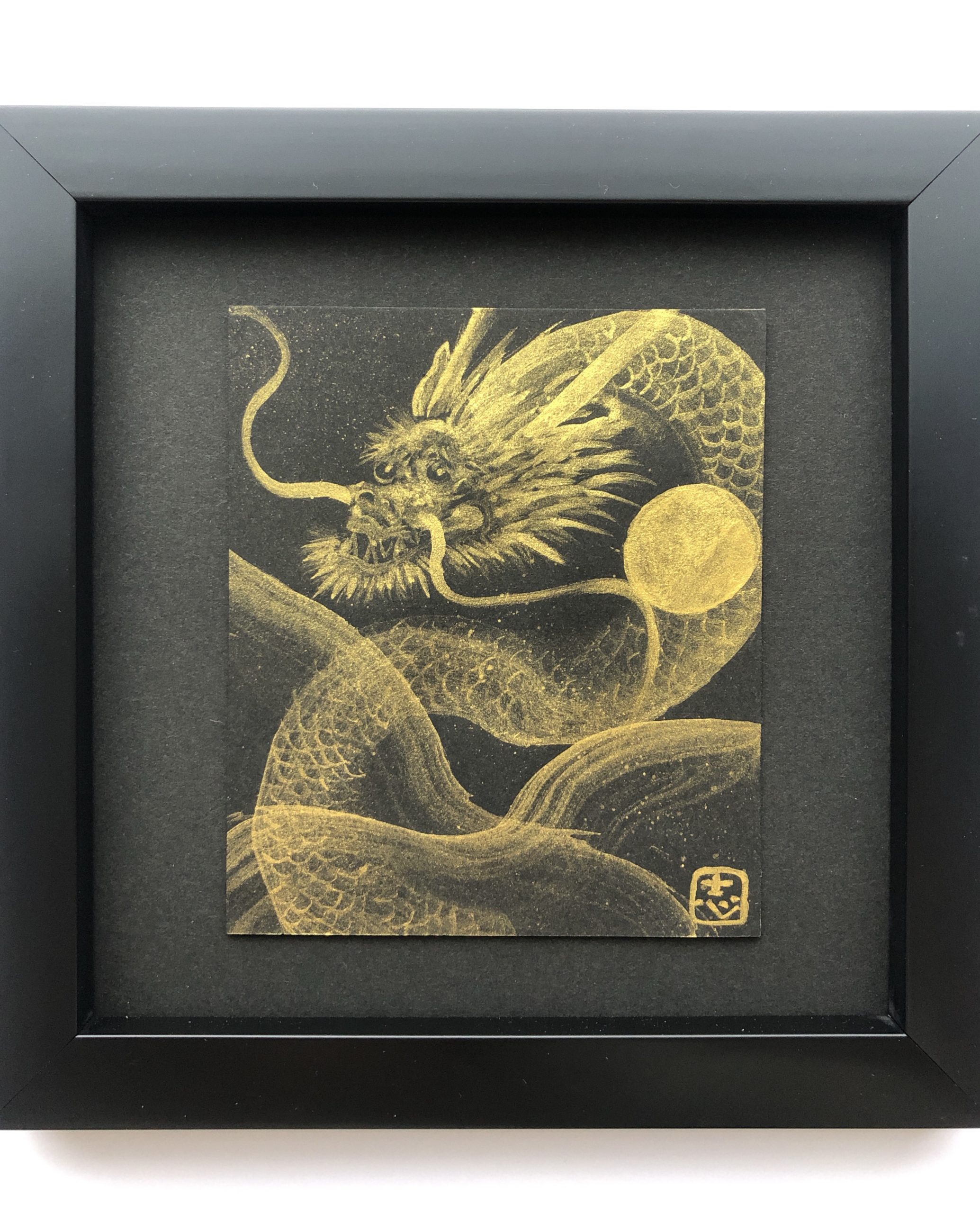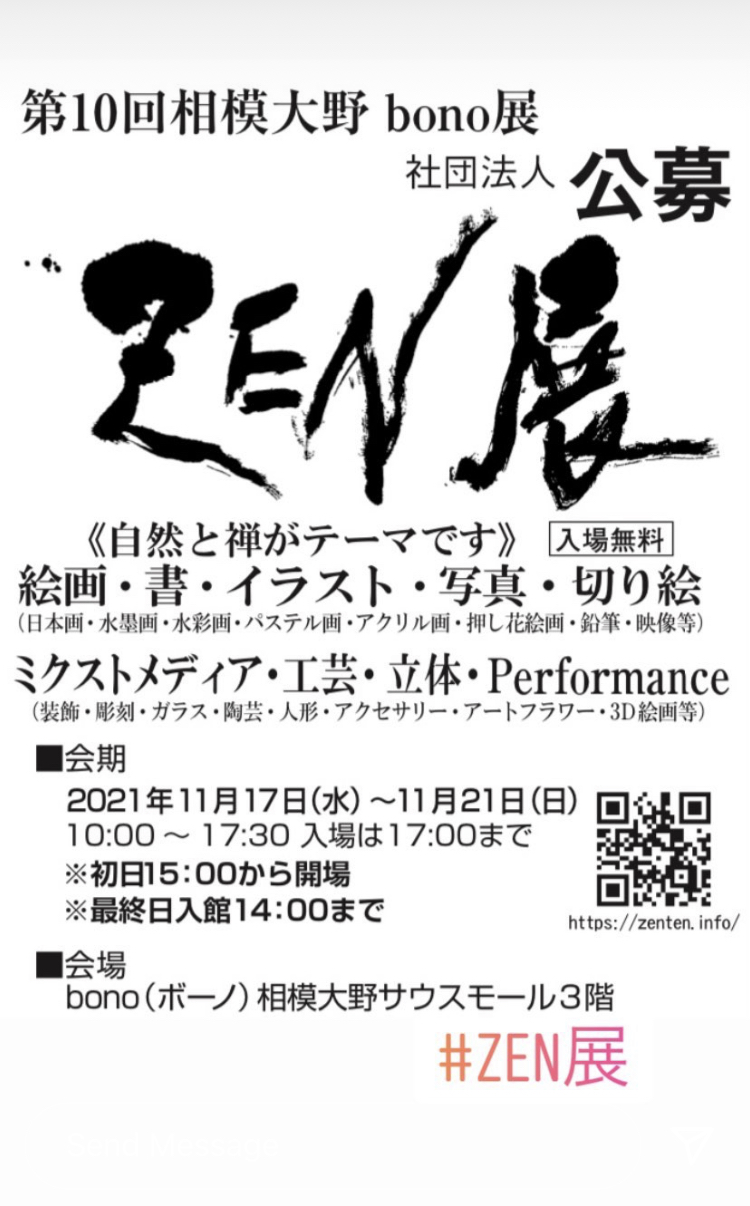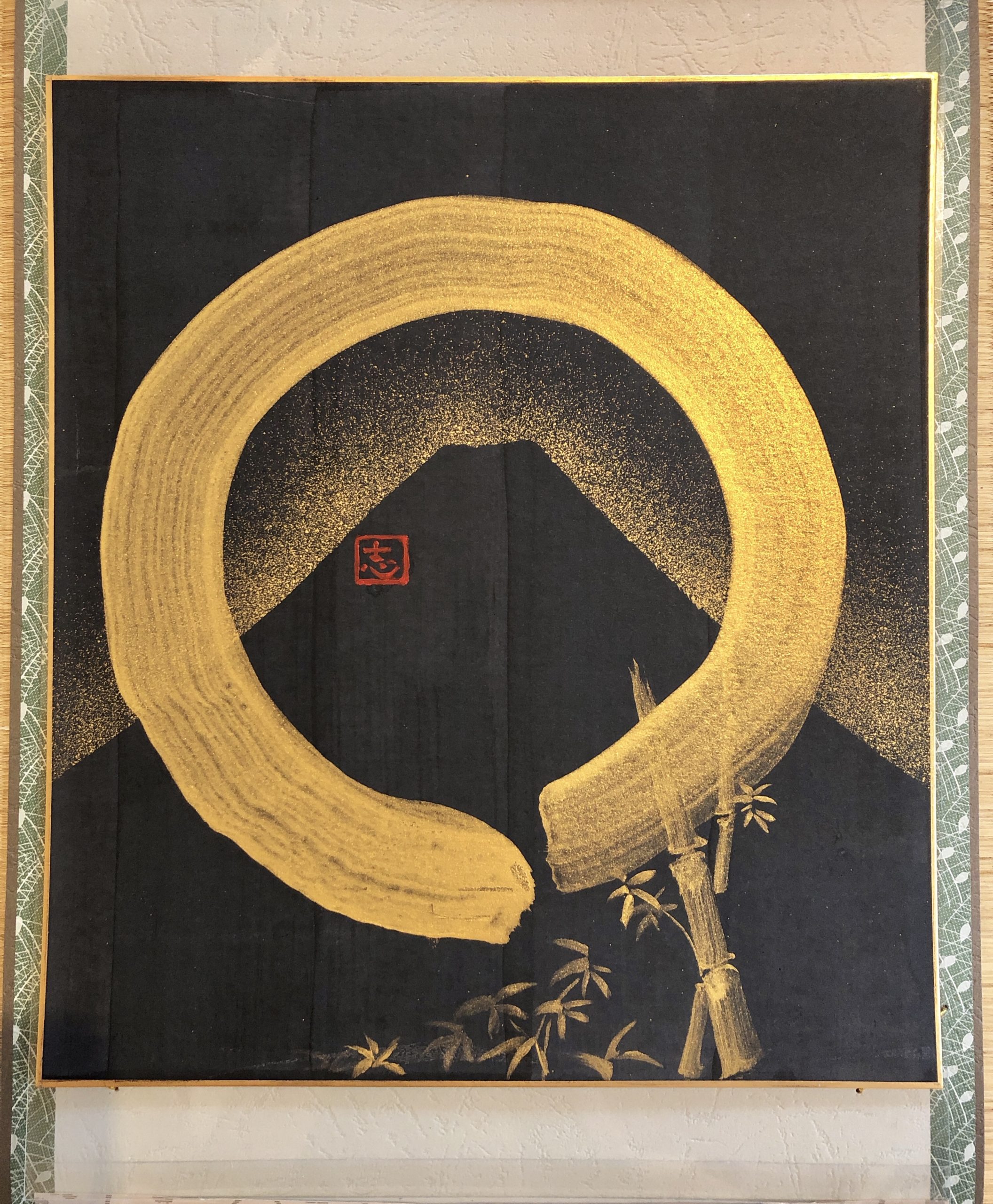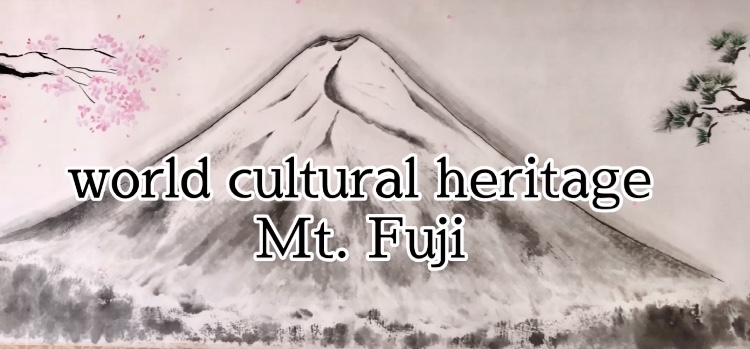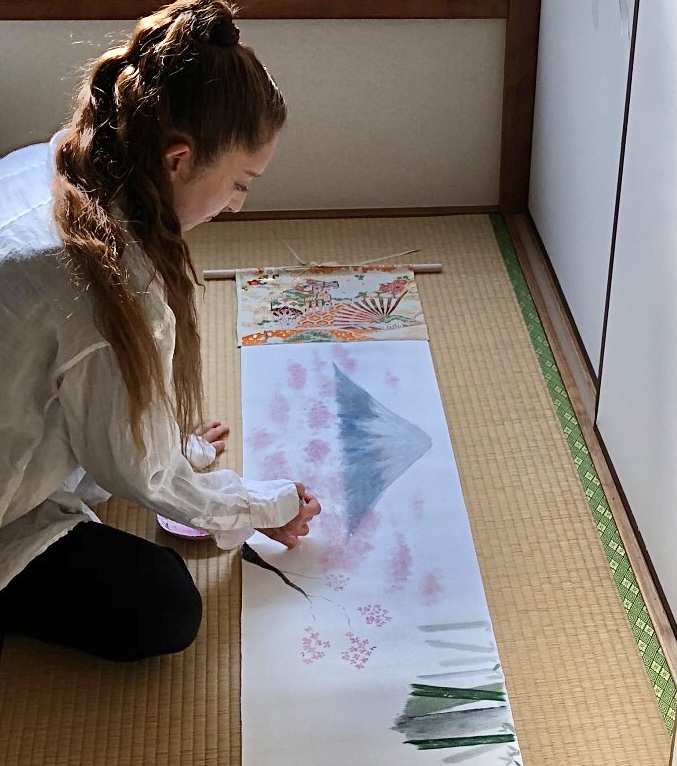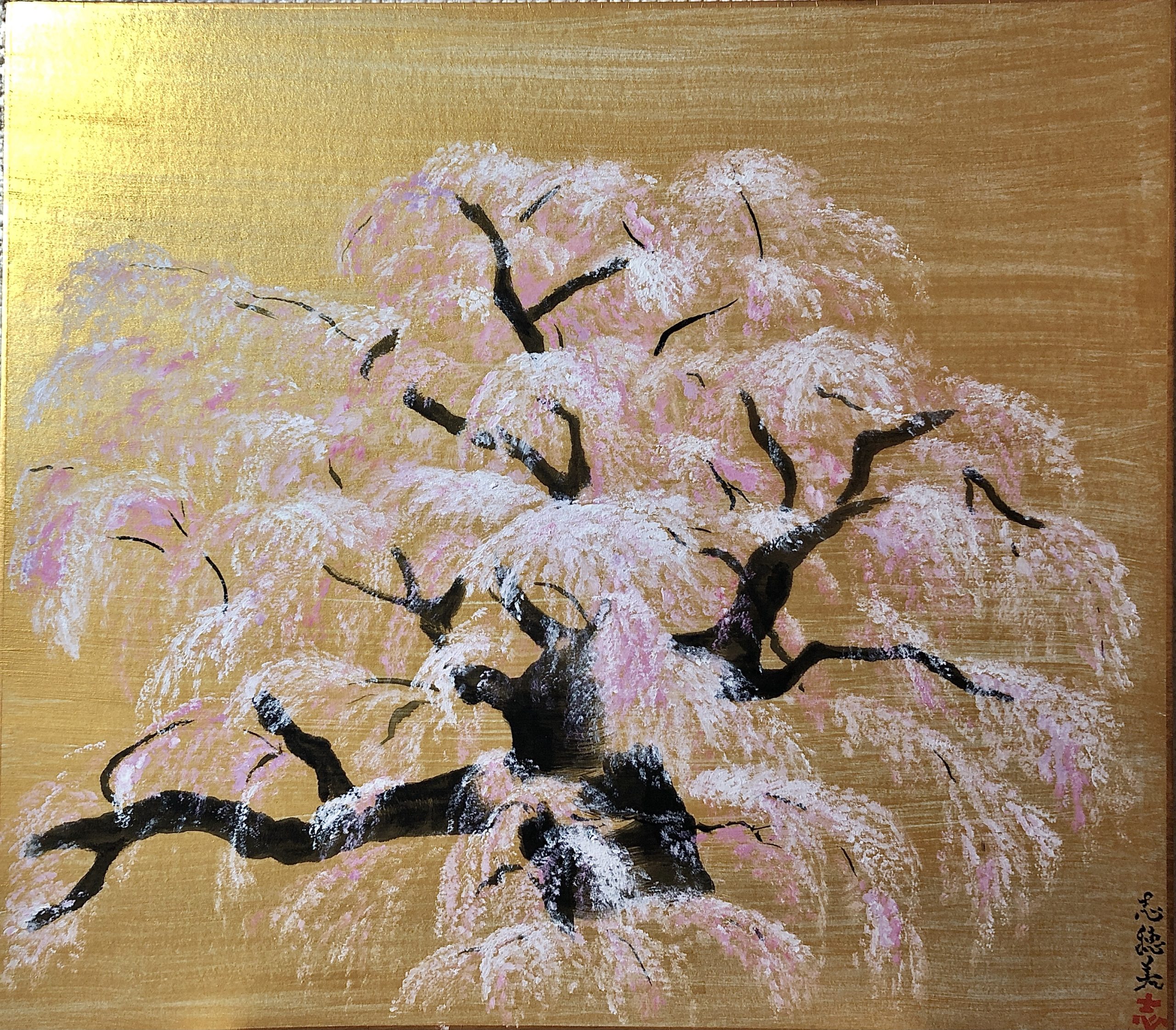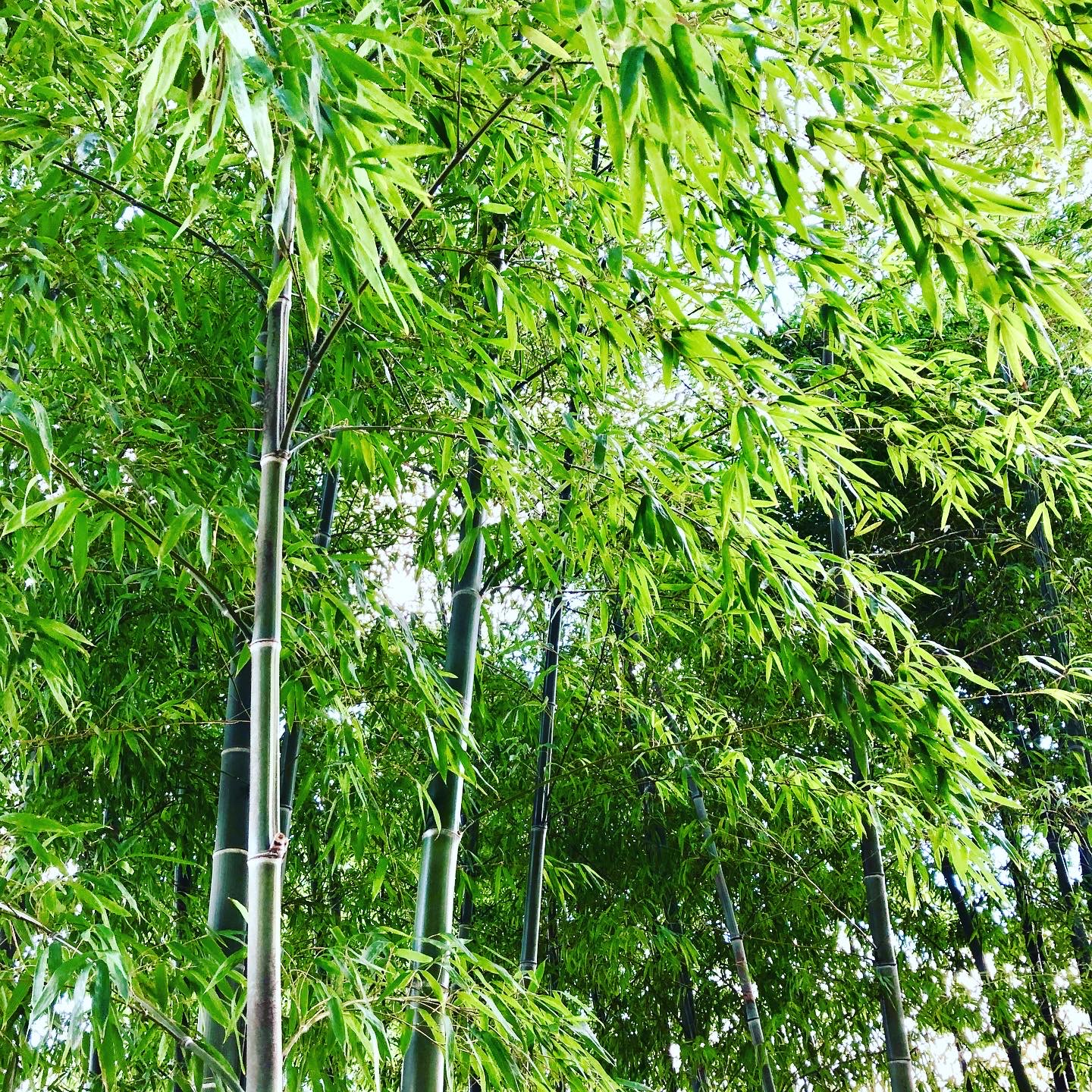Dragon Art Festival in Yurakucho 2022
By
twinchipmunks
Posted on
Posted in calligraphy art, Exhibition, Japanese culture, Japanese painting, RYUJIN dragon
Tagged with art festival, calligraphy art, dragon, dragon art, exhibition, Japanese culture, Japanese painting, kakejiku, Kakejiku art, kakejiku kakemono, Ryu, Ryujin, Zen, 掛け軸, 水墨画

